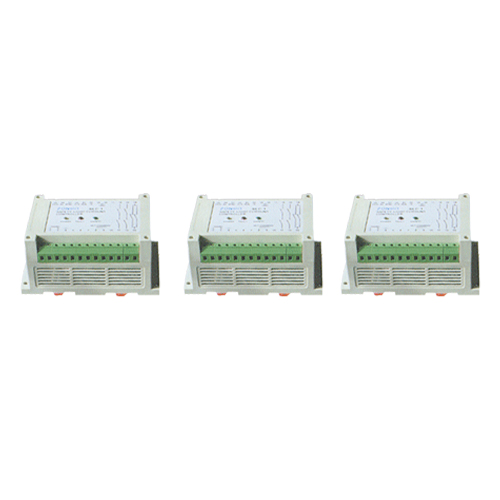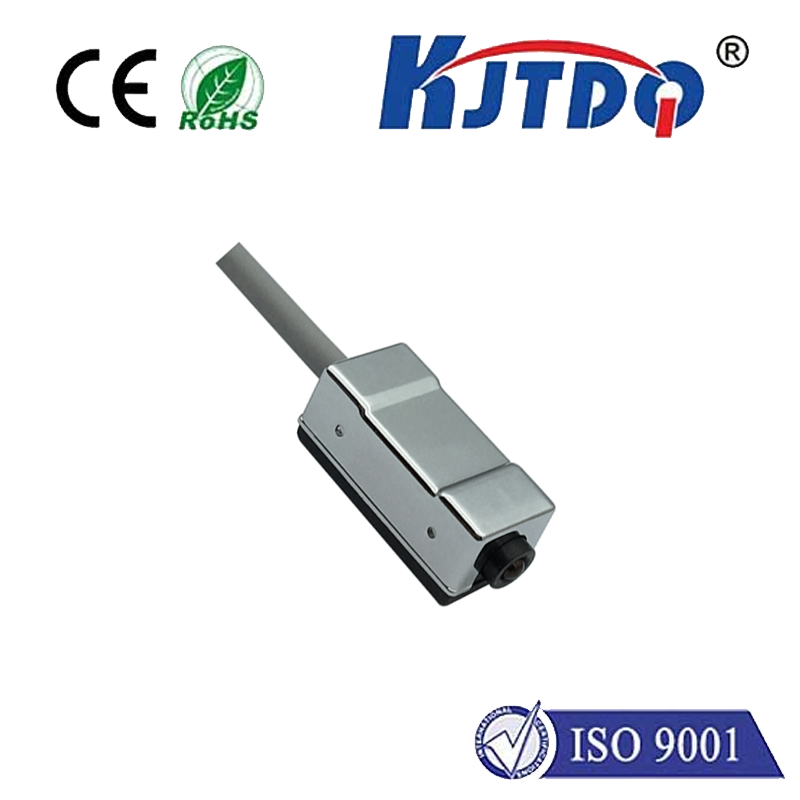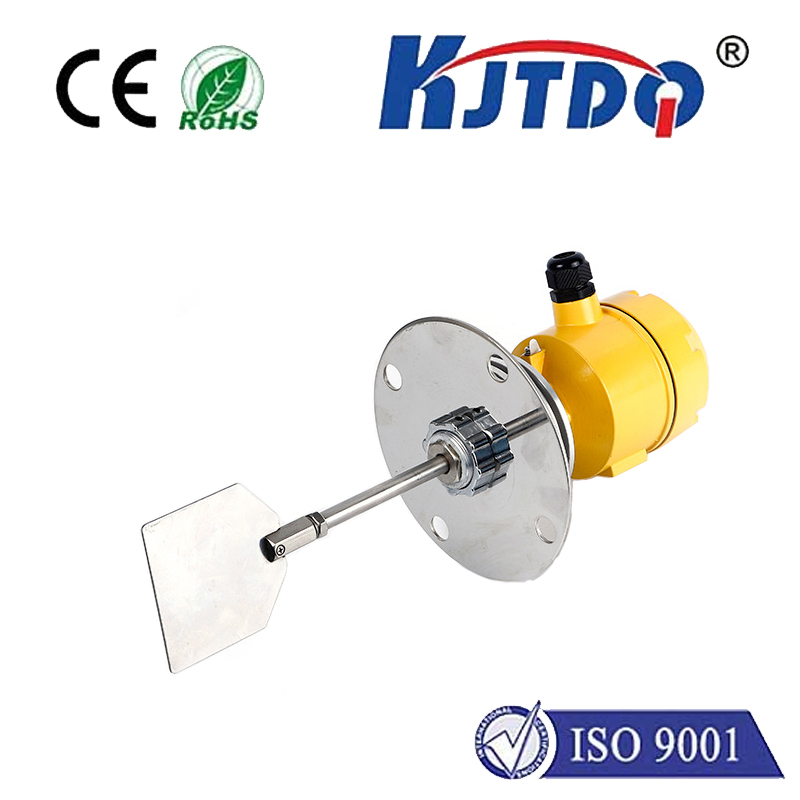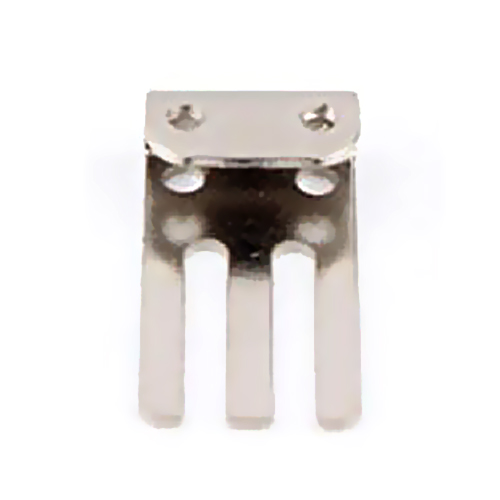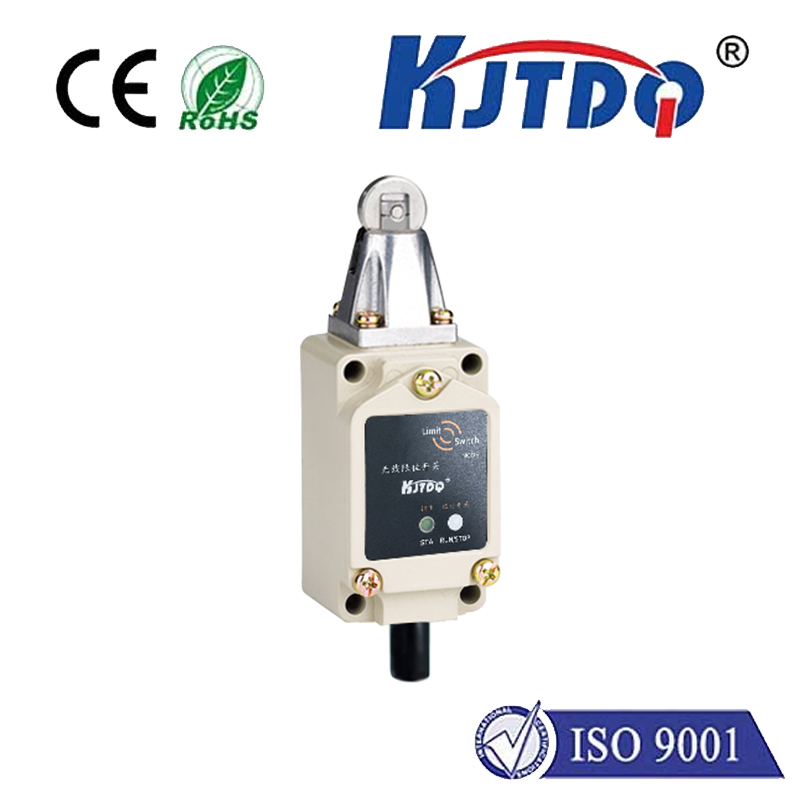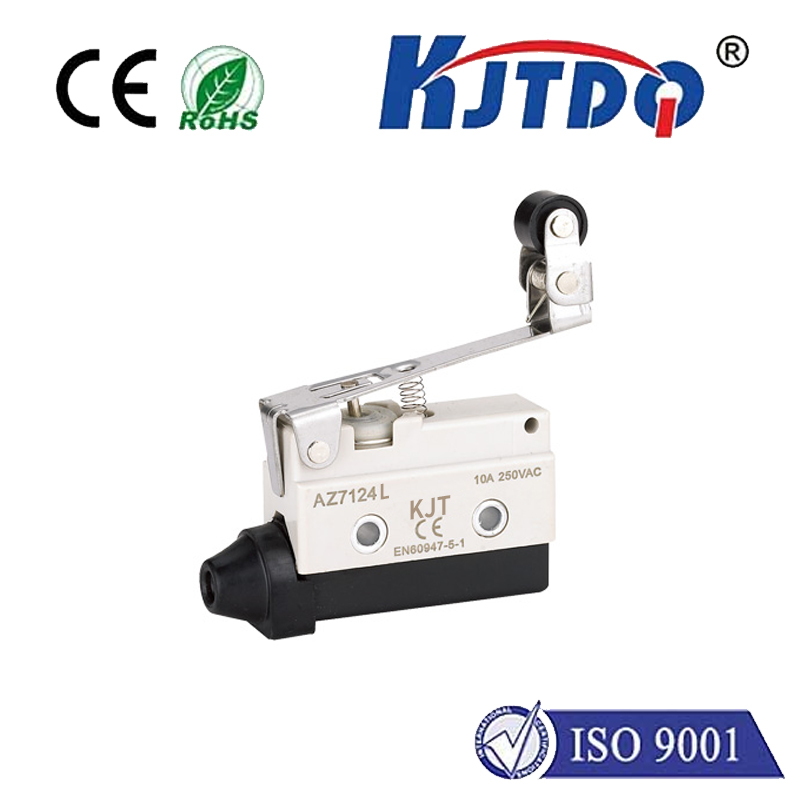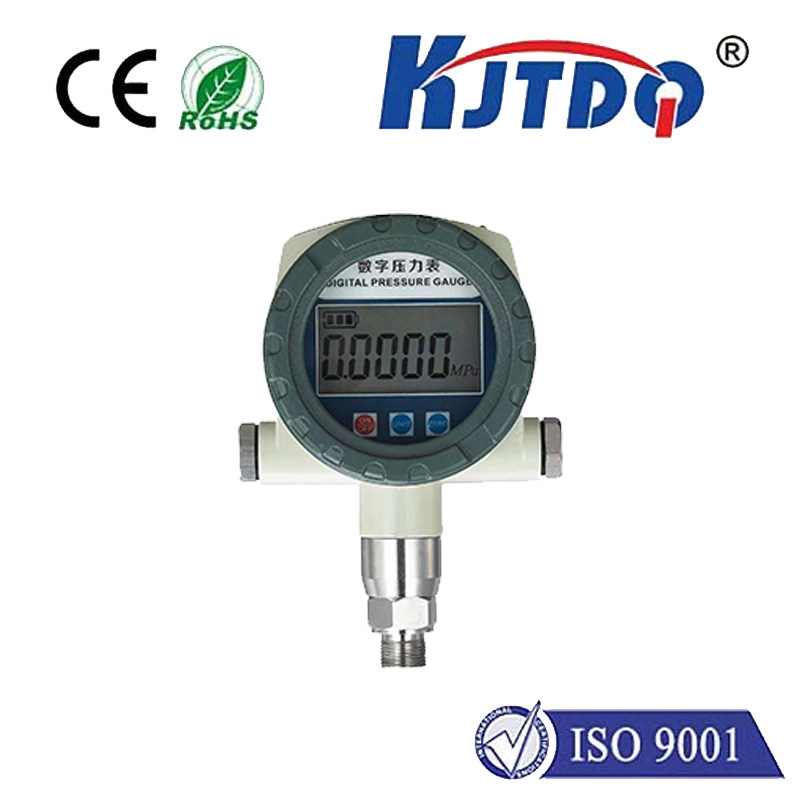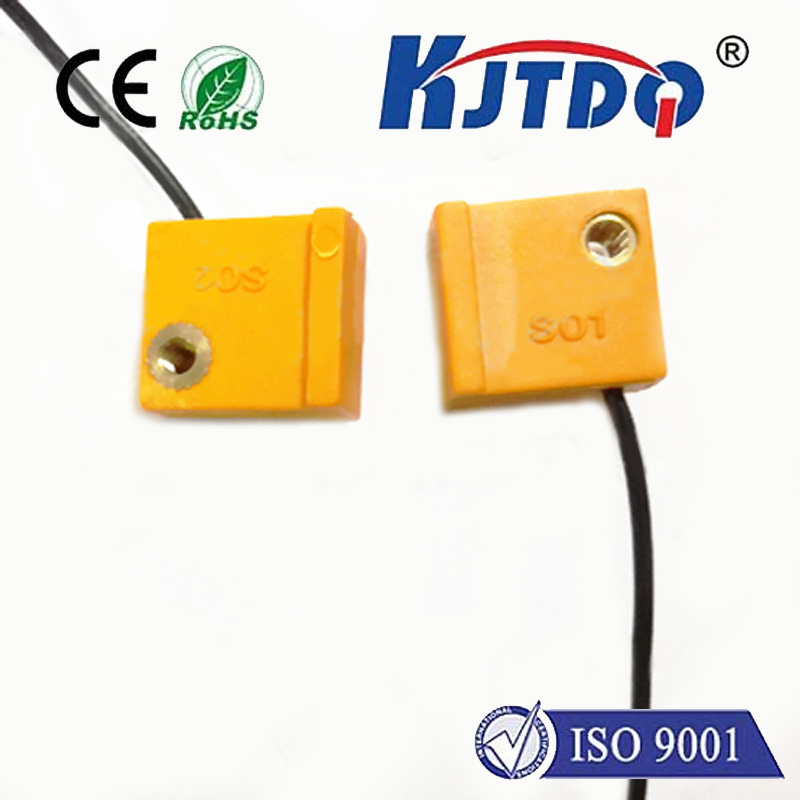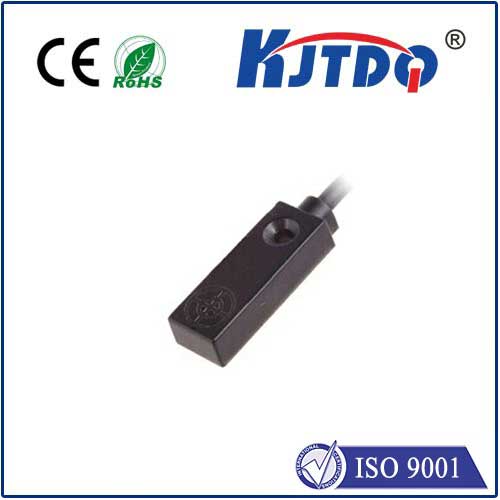

check

check

check

check

check

check

check

check

check

check
Title: The Evolution and Advancement of Range Finder Sensor Technology
In the world of outdoor recreation, navigation and exploration have been essential for centuries. With the advent of technology, these pursuits have become more accessible and precise, thanks to the development of range finder sensors. This innovative device has revolutionized the way we measure distances and has become an indispensable tool for avid hikers, mountaineers, and anglers alike.

The concept of a range finder sensor dates back to the early 20th century when radio engineers began experimenting with devices that could measure the distance between two points in space. Over time, these experiments evolved into the modern-day rangefinder, which uses laser or ultrasonic technology to determine the distance between the user and their target.
One of the key advantages of range finder sensors is their ability to provide accurate measurements even in challenging environments. For example, in dense forests or rocky terrain, traditional GPS systems can be affected by interference or lack of signal strength. Rangefinder sensors, on the other hand, rely on triangulation techniques and can provide reliable readings even in these situations.
Another benefit of range finder sensors is their compact size and lightweight design. Many rangefinders are designed to be easily carried in a pocket or backpack, making them ideal for outdoor enthusiasts who need to stay mobile while still being able to accurately measure their surroundings. Additionally, some rangefinders come equipped with features such as temperature readings, barometric pressure indicators, and even built-in compasses, further enhancing their versatility as outdoor tools.
In recent years, there has been a significant increase in demand for high-performance rangefinder sensors, particularly among professional athletes and hunters. These advanced models often incorporate features such as multifunctional displays, advanced targeting algorithms, and even wireless connectivity to sync with other devices. As technology continues to advance, it is likely that we will see even more innovative solutions emerge for outdoor enthusiasts seeking better ways to navigate and explore their surroundings.
In conclusion, the evolution of range finder sensors has greatly enhanced our ability to navigate and explore the great outdoors. From their humble beginnings as experimental radio devices, these devices have become indispensable tools for avid hikers, mountaineers, and anglers alike. As technology continues to advance, we can expect to see even more sophisticated and advanced range finder sensors emerge, further improving our ability to conquer nature's challenges.
